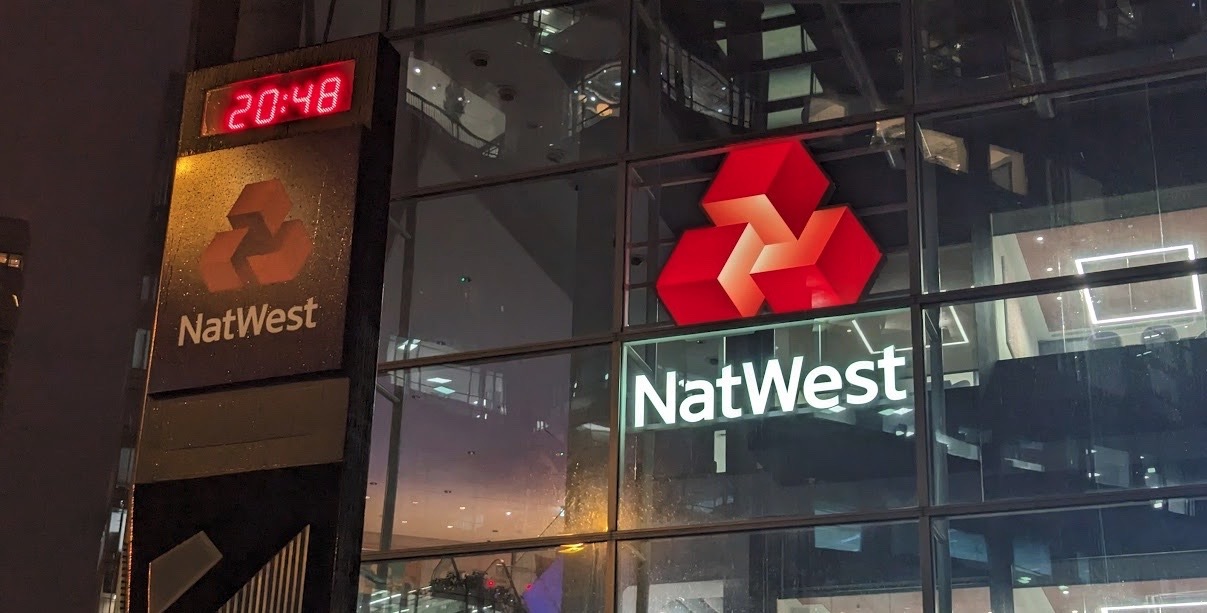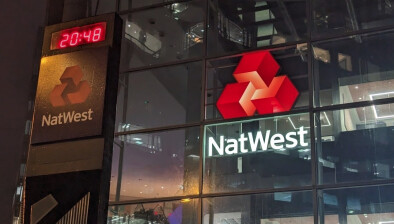RBS-owner NatWest returns to full private ownership

(Credit: George Iordanov-Nalbantov)
The Treasury has sold its final shares in Royal Bank of Scotland-owner NatWest Group, concluding 17 years of public ownership that began with a £45 billion taxpayer bailout during the 2008 financial crisis.
This full privatisation marks a symbolic moment for the bank, formerly Royal Bank of Scotland (RBS), drawing a line under a tumultuous period in its history.
However, the exit comes at a cost to the taxpayer of approximately £10.5 billion, as the shares were sold below the average 502p paid during the rescue. This contrasts with the £900 million profit realised from the Lloyds Banking Group privatisation. The Treasury defended the outcome, stating the alternative – the collapse of RBS – would have incurred far greater economic and social costs.
Chancellor Rachel Reeves acknowledged the necessity of the original 2008 intervention to protect savers and businesses, adding that NatWest’s return to private ownership “turns the page on a significant chapter”.
RBS became emblematic of the banking sector’s excesses leading up to the crisis, driven by aggressive expansion, including the ill-fated £49bn acquisition of ABN Amro in 2007. The subsequent bailout left the government with an 84% stake. The bank underwent extensive restructuring, shrinking its global operations, cutting tens of thousands of jobs, and rebranding as NatWest in 2020 before returning to profitability.
With this sale, the government has now exited all banks it bailed out during the financial crisis. NatWest chief executive Paul Thwaite described it as a “significant moment”, allowing the bank to look to the future with confidence.








